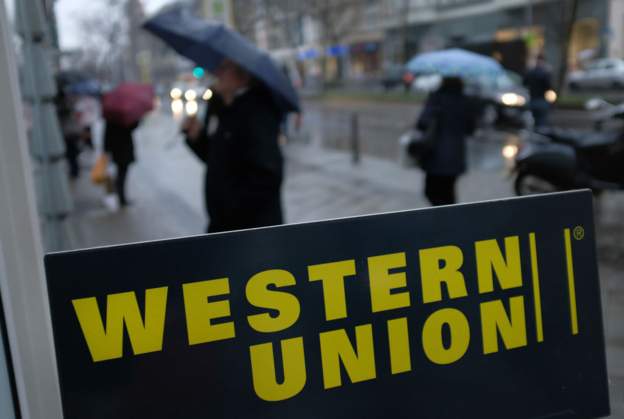Africa remains one of the major regions where remittances continue to form an integral part of the many economies.
The World Bank in a brief released on Monday said Sub-Saharan Africa in 2018 alone raked in $46 billion in remittances.
“Remittances to Sub-Saharan Africa grew almost 10 percent to $46 billion in 2018,” the bank said.
It added that the growth was “supported by strong economic conditions in high-income economies.”
In most parts of Africa remittances form a huge part of the share of gross domestic product (GDP).
“Comoros has the largest share, followed by the Gambia, Lesotho, Senegal, Cabo Verde, Liberia, Senegal, Zimbabwe, Togo, Ghana, and Nigeria,” the bank said.
Meanwhile on a larger scale, the bank estimates that “officially recorded annual remittance flows to low- and middle-income countries reached $529 billion in 2018.”
That is an increase of “9.6 percent over the previous record high of $483 billion in 2017,” according to the bank.
In 2018 “global remittances, which include flows to high-income countries, reached $689 billion” that’s up from “$633 billion in 2017.”
The top five biggest recipient countries for remittances were “India with $79 billion, followed by China ($67 billion), Mexico ($36 billion), the Philippines ($34 billion), and Egypt ($29 billion).”
But the cost of remittances is a concern for the bank. Dilip Ratha, lead author of the brief said, “Remittances are on track to become the largest source of external financing in developing countries.
The high costs of money transfers reduce the benefits of migration. Renegotiating exclusive partnerships and letting new players operate through national post offices, banks, and telecommunications companies will increase competition and lower remittance prices.”
Source: Africafeeds.com



